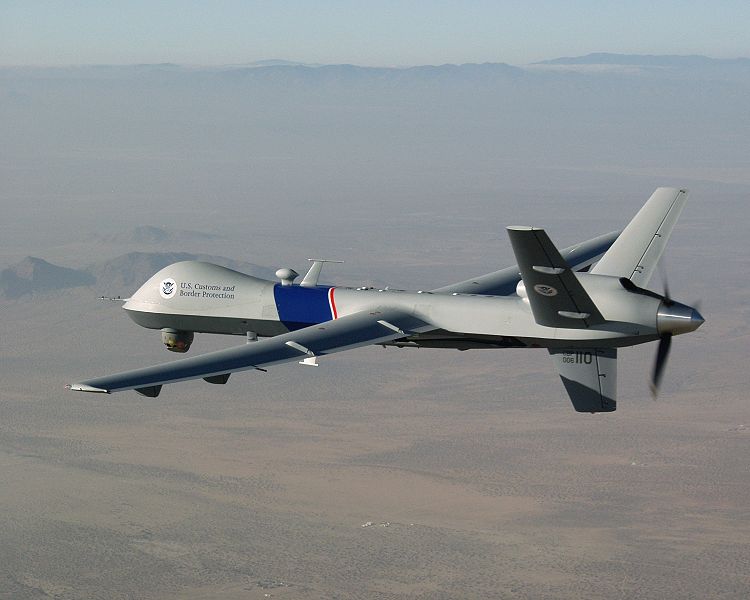Company To Make Anti-Drone Tech Available To The Masses
An Oregon startup wants to sell you peace of mind by messing with drones. Our guess? This is only the beginning of what could be a very lucrative market.

Tired of skies filled with robots? Okay, that hasn’t happened yet, but the Federal Aviation Authority expects that by 2020, American skies will have up to 30,000 drones operating domestically, so the possibility of a robot-crowded sky in the near future is very real. Domestic Drone Countermeasures, LLC, is planning to sell commercial anti-drone equipment aimed at protecting private citizens from prying eyes.
Founded in February, DDC was created by the same people behind defense contractor Aplus Mobile, which makes ruggedized computers for other defense contractors. Using knowledge gained from its military contracting work, DDC says it has developed countermeasures that are “highly effective and undefeatable by most current domestic drone technologies.”
How does the technology work? The press release was maddeningly vague (“Multiple layer systems ensure success by impeding typical drone sensors, infrared and camera capability and their effectiveness”) so we reached out to the company over email. Here’s what DDC’s Amy Ciesielka has to say: “We simply do not allow the [drone] cameras to observe with any clarity.”
More to the point, DDC’s system has some sort of software that’s programmed to conspire against camera- and infrared-equipped drones. One report described the products as “land-based boxes.”
The company insists that its system thwarts drones in a way that is “non-offensive, non-combative, and not destructive.” But how does the technology distinguish between a drone and a commercial plane? Or a drone and seagull? Says Ciesielka:
The system software is required to make decisions based on multiple inputs to determine if the object in question is indeed a drone or not. It would be silly to waste countermeasures on a seagull, or impede any human piloted aircraft. Fortunately FAA rules set boundaries as far as the flight envelope of drone operation and does not intermix drones with commercial or private aircraft at this time. Our systems have a high level of discrimination sophistication and are geared to detect, identify, neutralize and alert of their presence.
As for how a user would be notified of a drone’s presence:
The countermeasure portion of the system’s operation will not be subtle when a drone is detected. It will alert the owner of a drone’s presence and will create active countermeasures that will be obvious to the user.
Not knowing more about what form these countermeasures will take, it is hard to speculate on the broader implications here. But when commercial drones start to crowd our skies, the market for consumers who want to win back some privacy will only grow. You can bet DDC won’t be the only one selling anti-drone wares to the masses.
